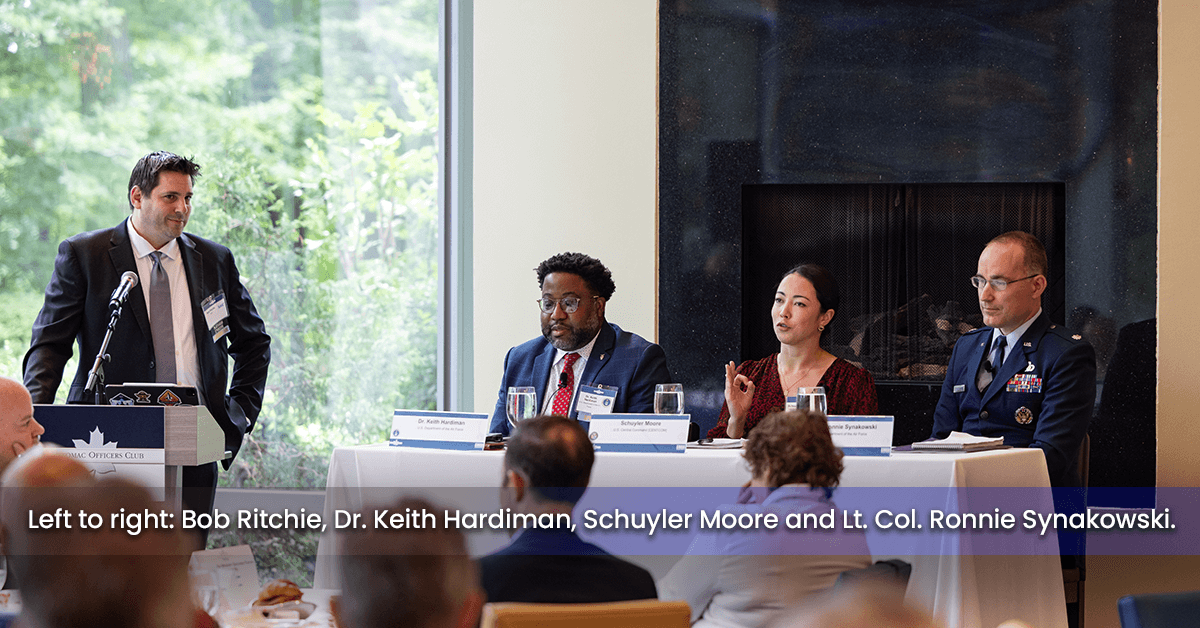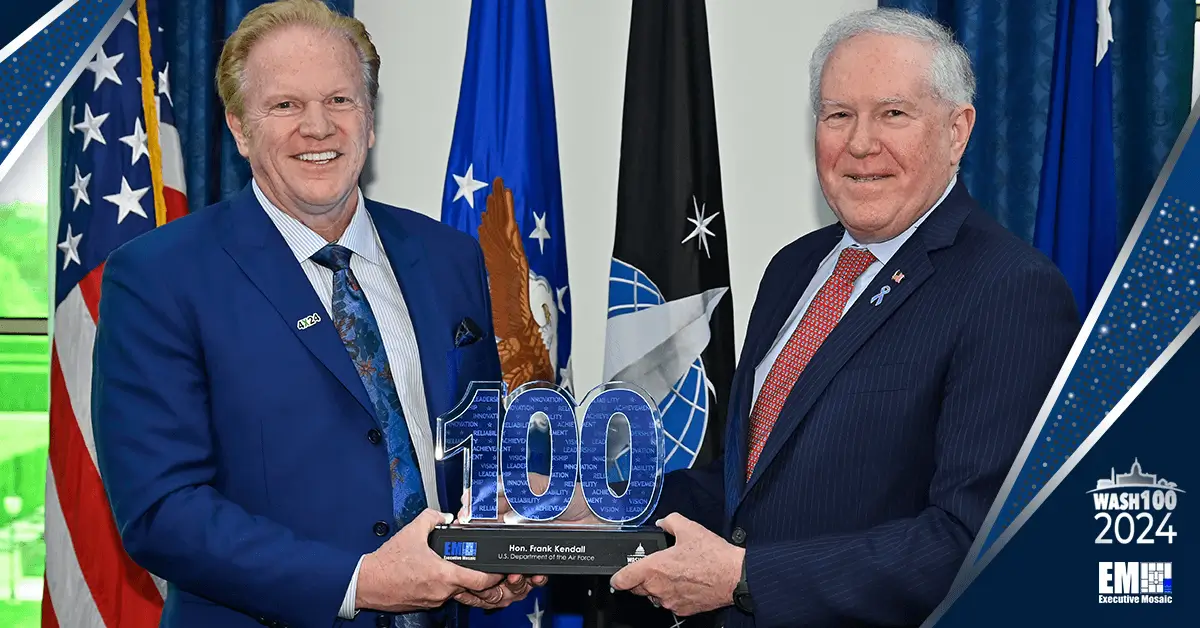The U.S. Department of Defense is deeply concerned about and invested in integrating their technologies, data and systems. This undertaking relates directly to the Joint All Domain Command and Control initiative, which aims to interconnect communication capabilities throughout the various domains, as well as the mission partner environment, which emphasizes collaboration with allies and partnered government agencies and service branches.
Michael LaRouche, president of the national security and space sector at SAIC, began the Potomac Officers Club’s Thursday event, the Integrating for Mission Success Forum, with a simple statement: “integrating is hard.” (SAIC was a platinum sponsor for the symposium.) But during the ensuing panel discussion, moderated by SAIC Chief Technology Officer Bob Ritchie, participants shared some strategies that might ease the ostensibly immense burden that integrating engenders.
Be sure to investigate the slate of POC’s upcoming events, jam-packed with compelling topics and high-profile speakers. If you’re interested in learning about how DOD leaders are prepping for a new era in the warfighting regime, consider checking out the Preparing for the Contested Logistics Era Forum, to be held at 2941 Restaurant on Sept. 14.
“One of the most poignant statements we got back one time from an operator was, ‘if I had this technology 10 years ago coming up through the service, I would’ve had evenings with my kids,” relayed Lt. Col. Ronnie Synakowski, deputy commander of the 72nd Mission Support Group at the Department of the Air Force. Synakowski was referencing artificial intelligence and specifically generative models, highlighting their potential in integration. He went on to say that from the perspective of Air Force Secretary Frank Kendall’s Operational Imperatives, AI’s ability to save warfighters time could have a significant impact on the seventh OI, which is “achieving readiness for a wartime posture against a peer competitor.” Saved time would mean more rest for a warfighter in a demanding combat scenario.


Fellow panelist Schuyler Moore, CTO at U.S. Central Command, agreed with the Lt. Col. about AI’s potential to “free up your time, free up your day” and said it could be a crucial force in assisting with sorting through the copious amounts of data that the DOD is trying to process, because quality of data is key to effective integration.
“Too much data is the same as no data if you don’t have the tools to analyze it in an effective way. And so for us, that means that we have also have the tools on whatever network that we’re pulling that data into to make sense of the data that we’re pulling in,” Moore said, continuing, “And that ties into other issues, like what kinds of network infrastructure you have, how much compute you have to actually run these tools. So every inch of it, to be frank, is difficult for us.”
Moore and Synakowski’s conversation partner, Dr. Keith Hardiman, director of Air Force information management within the Office of the Administrative Assistant to the Secretary of the Air Force, said that ensuring that data is in line with the VAULT framework — visible, accessible, understandable, linked and trustworthy — is critical to analyzing and managing it properly for integration purposes and specifically for MPEs. Hardiman noted that, “a lot of people want this stuff to happen overnight, but you have to be very smart and thoughtful about how you move forward..a good crawl, walk, run approach.”
Synakowski said a way forward for making integration happen faster and systems talk to each other easier is to look at things from a low-code/no-code perspective. Given that many airmen can’t code at all and need an app built with a usable dashboard, the Lt. Col. left the audience with a challenge: to envision how industry members might conceive a platform like Advana at an accessibility level of something like Microsoft Teams.










